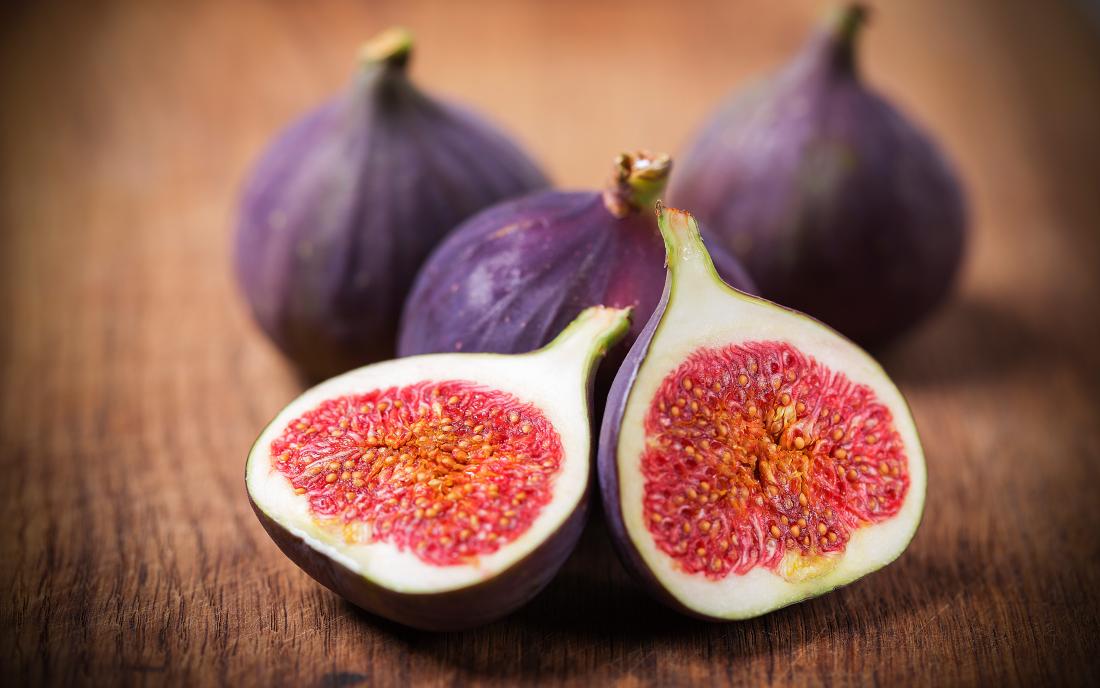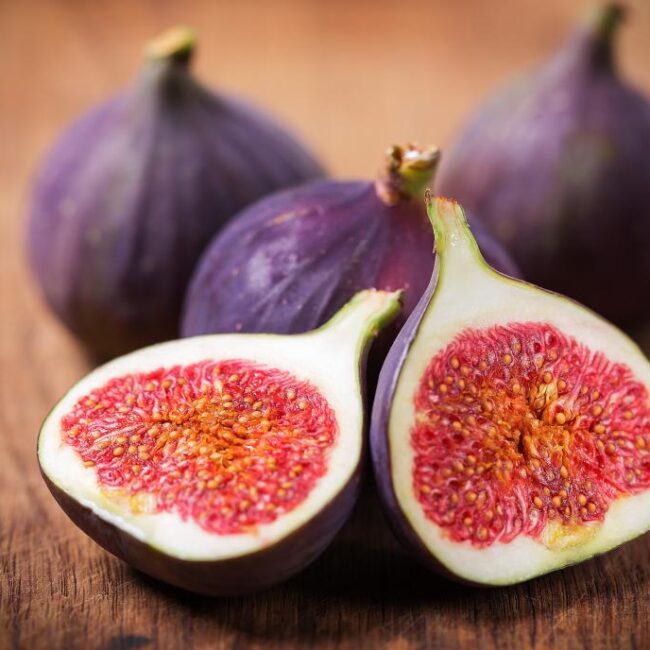The best of September seasonal food


As the seasons change and we transition from the warm embrace of summer to the crisp allure of autumn, it’s time to celebrate one of the UK’s most delightful and underrated seasonal fruits – figs. These delectable, sun-kissed treasures have been cultivated for centuries and are now making their mark in British gardens and kitchens. In this blog post, we’ll explore the joys of growing and cooking with figs in the UK, providing you with all the information you need to make the most of this unique and delicious seasonal food.
Before we delve into the cultivation and culinary wonders of figs, you might wonder why they’re worth the effort in a climate known for its unpredictable weather. Well, figs are surprisingly hardy and can thrive in the UK’s temperate climate, especially in the milder regions. They’re also a sustainable choice, as growing your own reduces the need for imported figs, reducing your carbon footprint and supporting local agriculture.
Figs typically ripen from late summer to early autumn in the UK. Harvest them when they’re fully ripe and slightly soft to the touch. Overripe figs can burst and attract pests.
Now that you’ve successfully grown your figs, it’s time to savour the culinary delights they offer. Figs can be enjoyed in various dishes, both sweet and savoury:
Growing and cooking with figs in the UK is a rewarding experience that connects you to the seasons and the land. These versatile fruits can be enjoyed in a multitude of culinary creations, bringing a touch of Mediterranean flavour to your British kitchen. As you nurture your fig tree and explore new recipes, you’ll discover the sweet and savoury wonders that this seasonal food has to offer, making figs a delightful addition to your seasonal eating repertoire. So, embrace the fig season and savour every bite of this delicious fruit grown right in your own backyard.